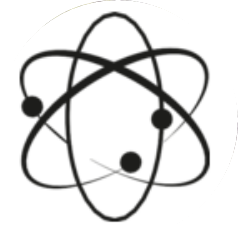Turips, cress and basil could sprout on the moon in 2015 if NASA's first plan to grow plants on a world other than Earth comes to fruition.
The aim is to find out if the creWs of moon bases will be able to grow some of their own greens, a capability that has proved psychologically comforting to research crews isolated in Antarctica and on the International Space Station, NASA says.
Factors that could confound lunar plant growth include the virtual absence of an atmosphere and high levels of solar and cosmic radiation that bombard the moon's surface. So the space agency is developing a sealed canister with five days' worth of air, in which seeds can germinate on nutrient infused filter paper. The idea is that water will be released on touchdown and sunshine will do the rest.
Over five to 10 days, video cameras will record the plants' sprouting, their rate of growth and their ability to thrive in lunar radiation conditions. Footage will be shared with schools across the US, so that students supplied with their own copies of the canister will be able to compare lunar and terrestrial growth rates, a move that allows NASA to cut costs by crowdsourcing its control experiments.
The 1-kilogram "greenhouse" will be a paid-for stowaway on an uncrewed Google Lunar X-Prize lander mission - most probably the Moon Express mission planned for late 2015. NASA's project builds on earlier work by Bernard Foing at the European Space Agency's research centre in Nordwijk, the Netherlands. Foing and his team demonstrated in 2008 that plants can grow in crushed rock similar in composition to lunar regolith. While anti contamination rules prevent attempts to grow plants on the exposed hunar surface, ESA's results mean that local dust could one day be brought indoors and used in moon gardens. He hopes that future missions might even find a way to test that idea.
"Following our successful tests on rock cress and marigolds, it will be interesting if some of these experiments try making use of local regolith as a growth medium," he says. In the long term, such pilot studies may be crucial to engineering the kind of plant-growth systems and greenhouses that will let moon colonists live off the land.
"This approach to use a sealed greenhouse is a pragmatic first step," says Foing. "It should open the way to lunar experiments that study the evolution and balance of microbial communities hosted by plants under the moon's extreme radiation conditions."
With which of the following subjects is the passage mainly concermed?
A.A NASA's moon express mission B.Lunar plant growth C.Moon gardens D.Terrestrial plant growth正确答案B


